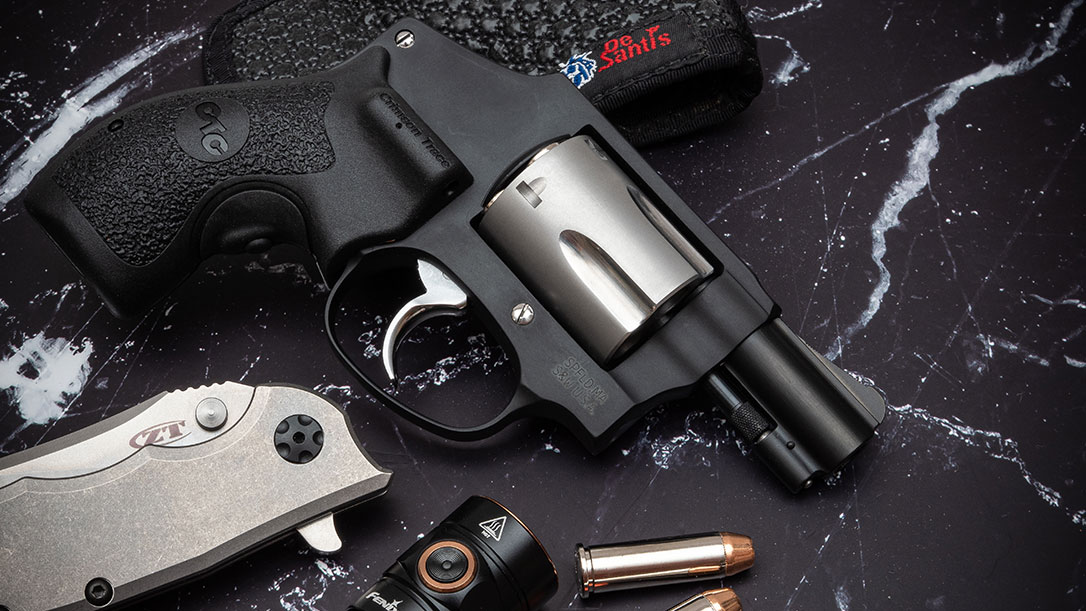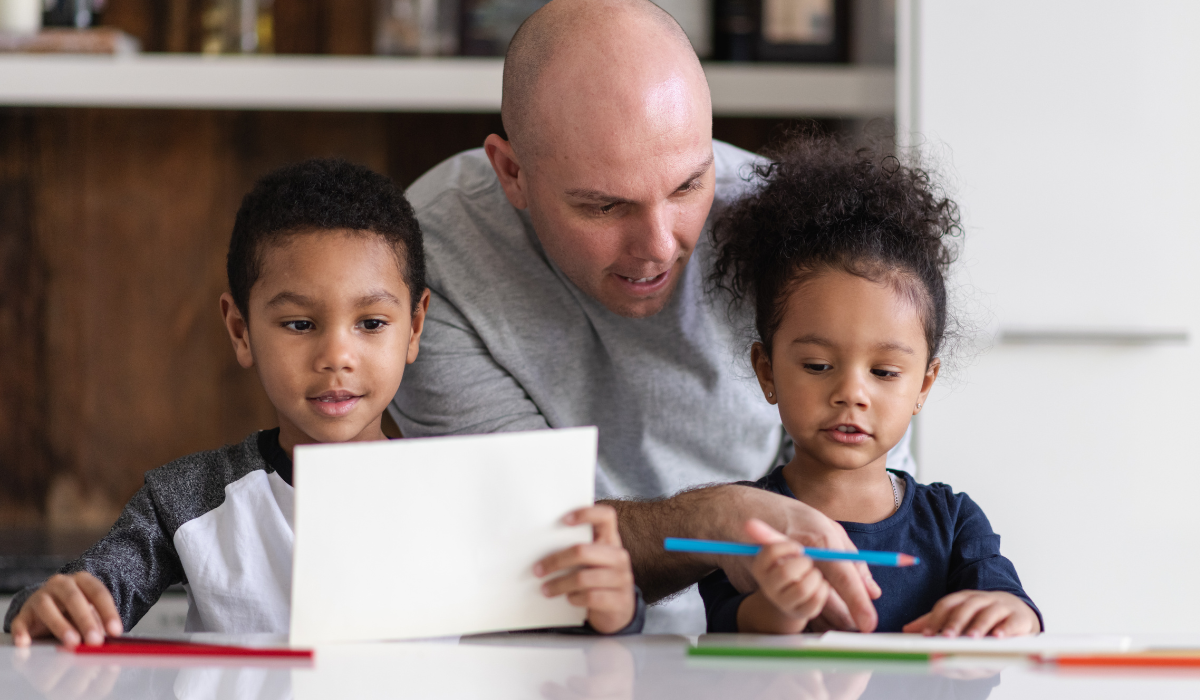As someone new to the art of carrying a handgun, especially daily concealed carry, it’s important to consider that the gun is just part of a complete system of readiness. There are multiple levels of preparedness for adverse events, ranging from what you have in your home, car, or bag/pack. This is typically called your EDC Loadout.
EDC Loadout: A Primer
For this brief primer, we’ll examine some key items you might want to have immediately on your person. Of course, everyone has their own preference as to what they EDC (Everyday Carry). So, we’ll try to stick to the basics here.
Handgun
Naturally, the first item is the pistol or revolver that you’ll be toting around on your person. Through a bit of trial and error, you’ll eventually settle on something that’s reliable, and you can shoot well. Likewise, you don’t want it to be so cumbersome that you’ll leave it at home.
Environmental factors like the temperature, environment (work, church, outdoors), and type of clothes will determine how large of an EDC gun you can carry. That means you may have three to four different handguns in your rotation. Each will depend on where you are and the type of concealing garments that you wear.
Extra Ammunition
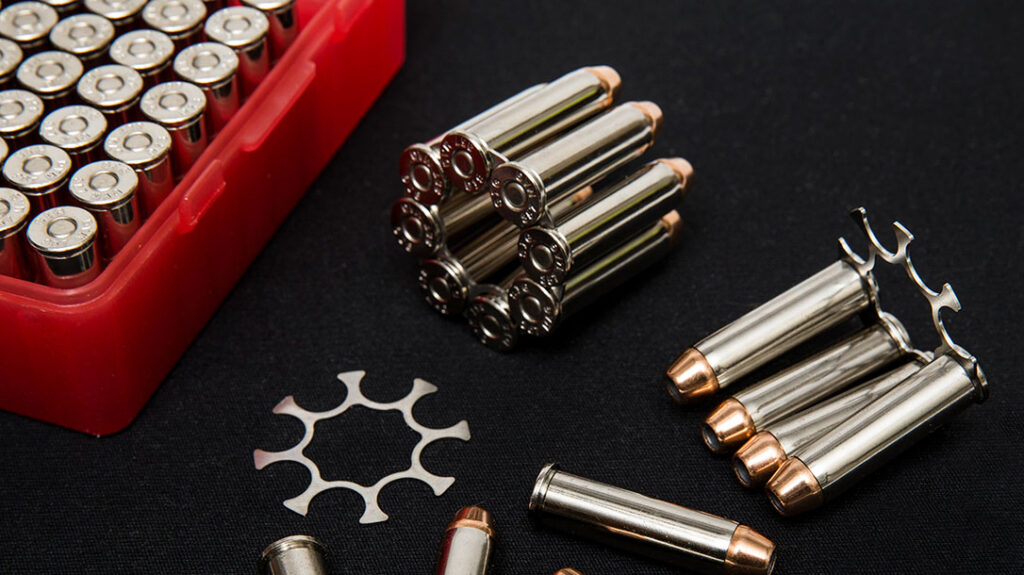
Next, it’s important to have at least one reload available for the gun you are carrying. This is especially important for pistols or revolvers that have a limited capacity. In the event of a defensive encounter where you could run out of rounds, you’ll want at least one extra magazine (even better, two or three). In the case of revolvers, you’ll want to carry either a speed loader or speed strips.
Whatever type of handgun you carry, it’s critical to practice reloading under stress. This helps you develop the core muscle memory necessary to do it quickly and confidently when it really matters.
Backup Handgun
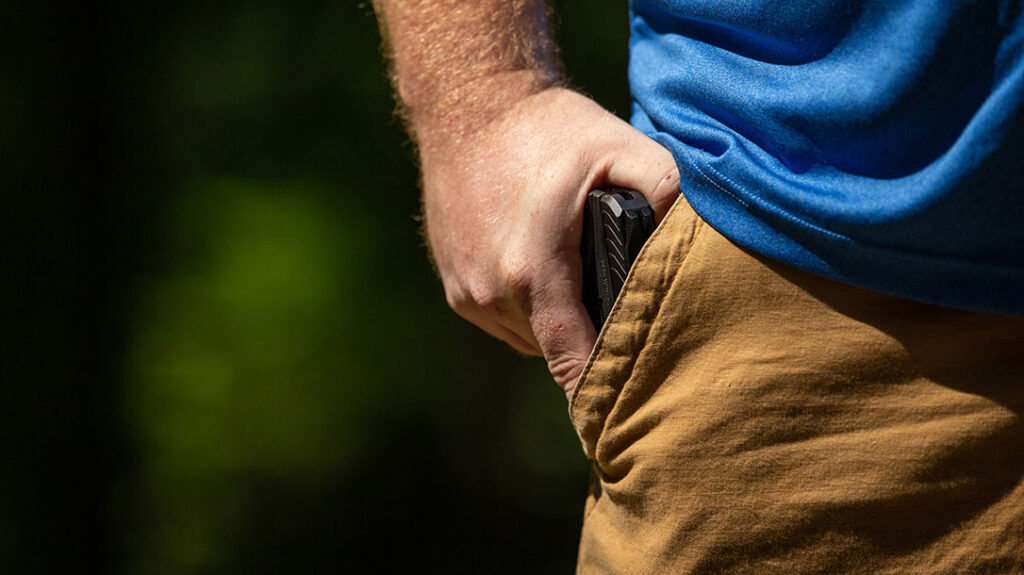
Some folks may think it’s overkill for a civilian to carry a backup gun. But there’s a reason that law enforcement officers do it, and backups have saved lives. Operating under the “Two is one, and one is none” philosophy, carrying a duplicate of your primary handgun is the ultimate solution. Specifically, since you can use the same ammunition and magazines/speed loaders.
However, with the clothing limitations of civilian life, that’s usually not practical for most folks. Hence, most backup choices will be handguns that are smaller than the primary. For instance, something like a Ruger LCP Max or original Sig Sauer P365 is easily hidden and even carried in a pocket with an appropriate holster.
Holster and Gun Belt
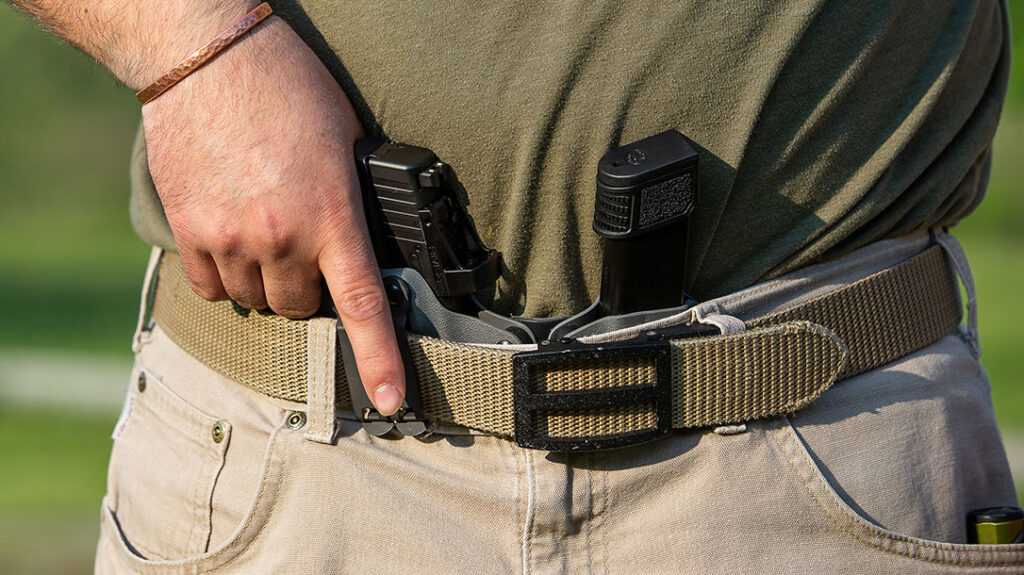
Most everyone knows—or should know—that quality holsters are necessary to effectively EDC a handgun daily. A quality holster provides solid retention for your weapon. Likewise, a carefully constructed holster will also minimize printing under a garment. Stay away from floppy nylon or loose leather offerings that will provide neither.
BUT!! In some ways, a quality gun belt is even more important than a holster. This is because it’s the foundation that supports all of the gear you will be carrying, not just your handgun(s).
A lot of folks get a nice holster but slide it onto a belt they picked up from Tommy Hilfiger or the local department store. Your average store-bought belt will not effectively support your gun, magazine carrier, and other gear. You’ll want something specifically designed for the task. And I don’t necessarily mean the battle belt you see all the guys wearing on YouTube.
There are makers that offer sturdy belts of the requisite thickness and strength for the job. Likewise, there are a variety of types to fit in with casual or dress wear.
Standard EDC Items
All of the above is the core of your EDC system as a legally armed civilian. However, there are different threat levels in everyday life. Similarly, there are different challenges that could present themselves that don’t require a gun to address.
The next part of our primer is a lighting round of considerations for other supplemental items to augment your core EDC system. We’ll assume you already have your phone and car keys with you, but here are some additional considerations.
Folding/Pocket Knife
This is a no-brainer, and most folks who regularly carry a gun will also carry a pocket knife. Don’t skimp here and do skip the Wal-Mart specials. Conduct your research and get one with a robust locking system, solid construction, and quality blade steel.
Fixed Blade
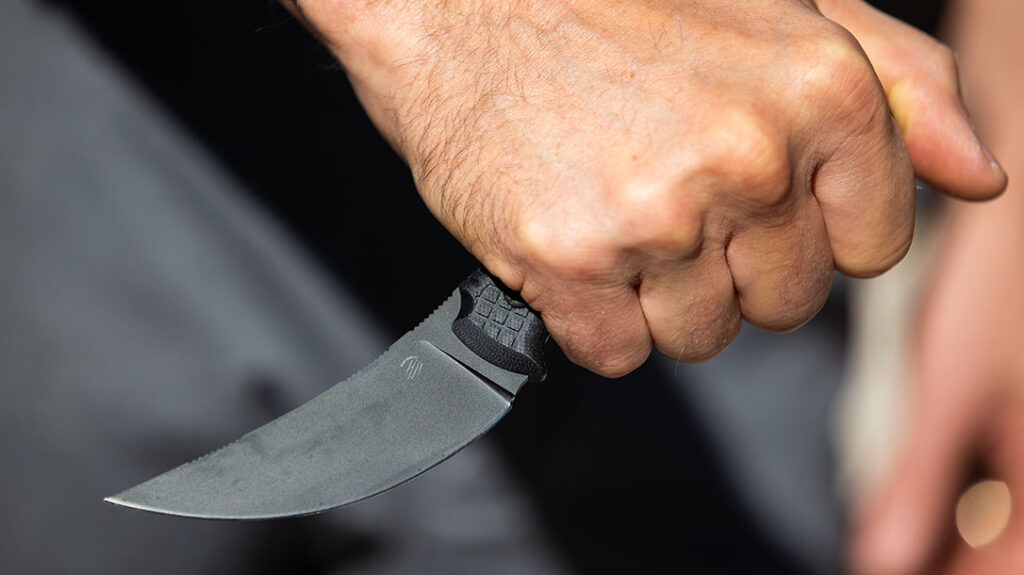
In a pinch, a fixed blade can be used defensively if your gun is out of commission. Not to mention, it can also perform a multitude of tasks throughout your normal day. A fixed blade is almost always stronger than a folder. With the right type of sheath, it can be drawn quickly without fumbling around trying to “open” it.
There is a plethora of quality fixed blades that are slim enough to be easily concealed on your person either in a sheath on your belt or even under a shirt via neck carry.
Off–Weapon Light
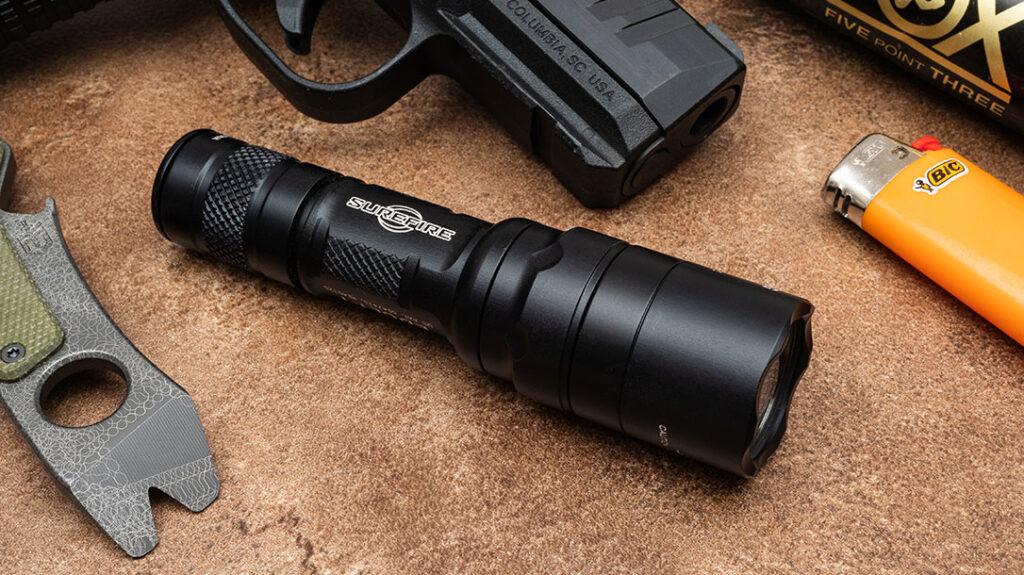
More and more folks are mounting lights on their EDC guns. But even if you do, you still need a flashlight you can carry in your pocket or in a sheath/carrier. You don’t want to flag someone with your gun because you’re looking for your keys in the dark.
Also, an off-weapon light can allow you to distract an assailant by holding it away from your body. Thus shifting their point of focus.
Multi–Tool
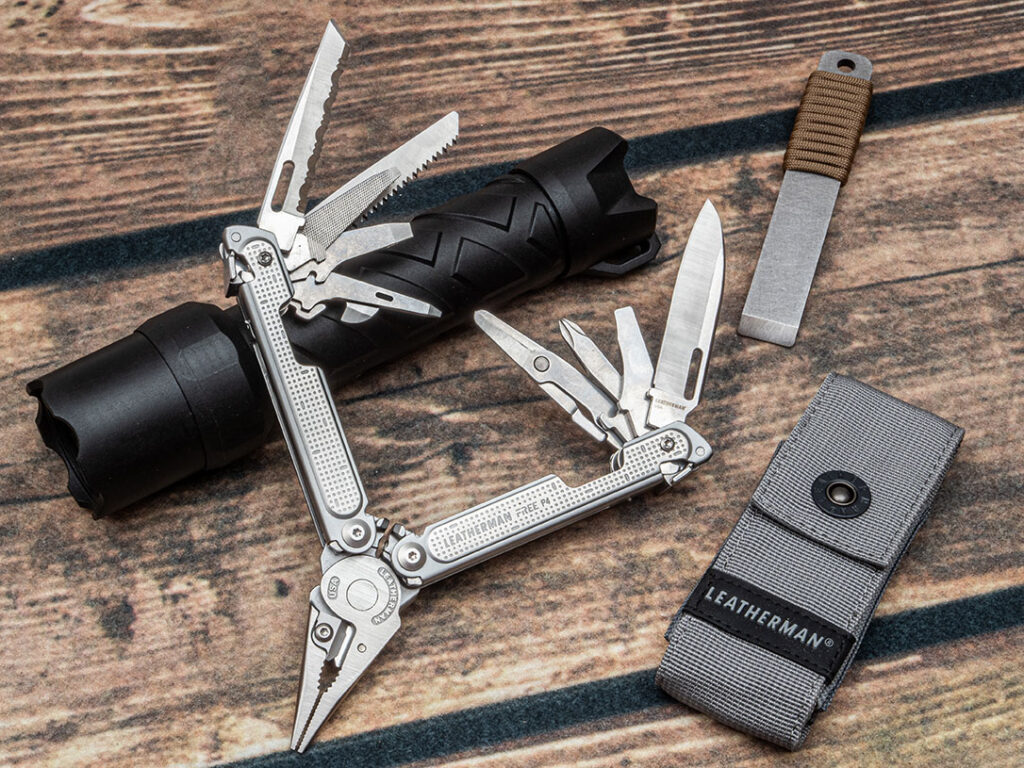
It goes without saying that a multi-tool is an extremely useful and versatile piece of kit. In all honesty, I use my multi-tool more than anything else I carry in my EDC system. As far as utility goes, it’s at the top of my list.
Again, just like above, with the pocket knife, get a quality multi-tool made by a top-tier manufacturer. I’ve had multi-tools (from well-known companies) break apart in my hand or have the wire cutter get easily damaged due to the use of softer metal.
Spend a little extra to get a quality model that will ride with you for decades.
Individual First Aid Kit (IFAK)
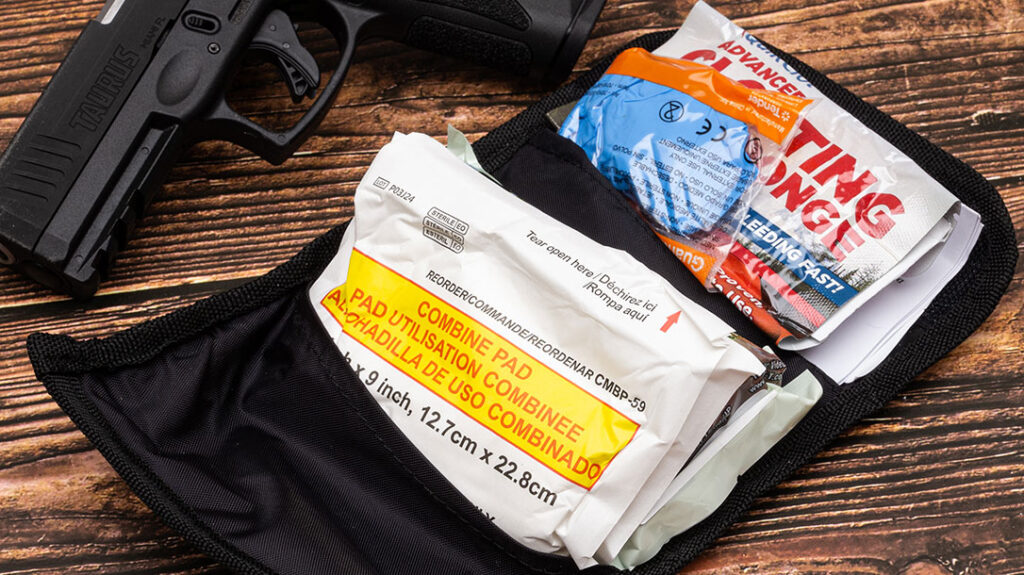
If you are savvy enough to carry concealed, then you understand the possibility of sustaining an injury during a defensive encounter or in any aspect of life. I carry my IFAK immediately on my person. It’s a small kit I can carry in my normal cargo pants, consisting of a tourniquet, Quik Clot, gauze, etc.
This isn’t a full-blown kit that you carry in a pack or bag. It’s just the few critical components that could make the difference in surviving a critical injury. Even with casual or dress clothes, it’s possible to conceal such a kit. There are even a few companies that make IFAKs that can be worn on the ankle hidden by a pants leg.
Pepper Spray
Not everyone is John Wick or Royce Gracie, and not every threat requires the use of lethal force. Whether it’s the rowdy bully going hands-on with you or the aggressive canine on the street, it never hurts to have a small- to medium-sized canister of pepper spray to facilitate an attitude adjustment.
Like always, do your research. There’s a lot of junk on the store shelves. Order from reputable companies like Fox Labs or Sabre, and you’ll be good to go. Even better, the quality companies offer inert-formula canisters so you can get some practice in their use.
Pry Bar
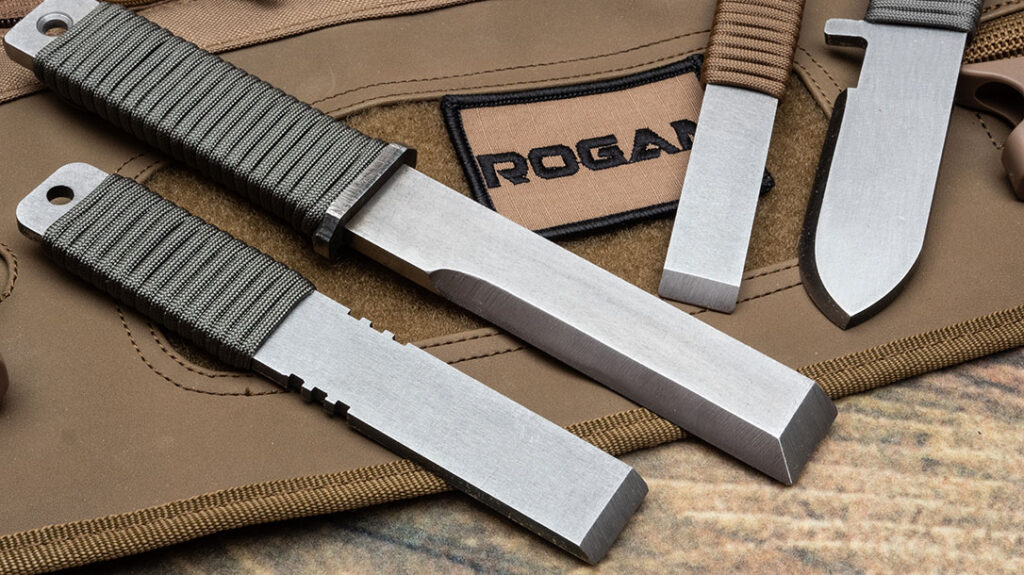
No, I’m not talking about a Stanley Fatmax Fubar type of prybar. Though it would be nice to have the ability to carry one of those every day, just in case! The pocket pry bar is one of those things that doesn’t get used all that often. However, it is nice to have when nothing else will do.
There are all kinds of different types on the market that can include bottle openers and integral screwdrivers, hex wrenches, etc. Common uses include prying open crates, scraping, removing nails and staples, tightening screws, digging, striker for a Ferro rod, opening cans, etc. The list goes on and on.
Extra Cash
You never know when the car might break down or the power grid will go offline, and you won’t have access to an ATM or credit card machines. Not many people carry cash these days. However, having some extra cash on you could help get you out of a jam or a bad neighborhood.
It used to be that $20 could get you a hot meal and a taxi home. But inflation has nixed those good old days. For me, the bare minimum I have on me is $200 in tens and twenties. You don’t want to be in a bad spot, and nobody can bust a hundred-dollar bill for you.
Figure out what you think you’ll need, and then keep it on your person at all times. Never spend it. Just forget you have it. Also, it wouldn’t hurt to have a hiding place other than your wallet. This way, you still have it available should you get robbed.
Pen and Paper
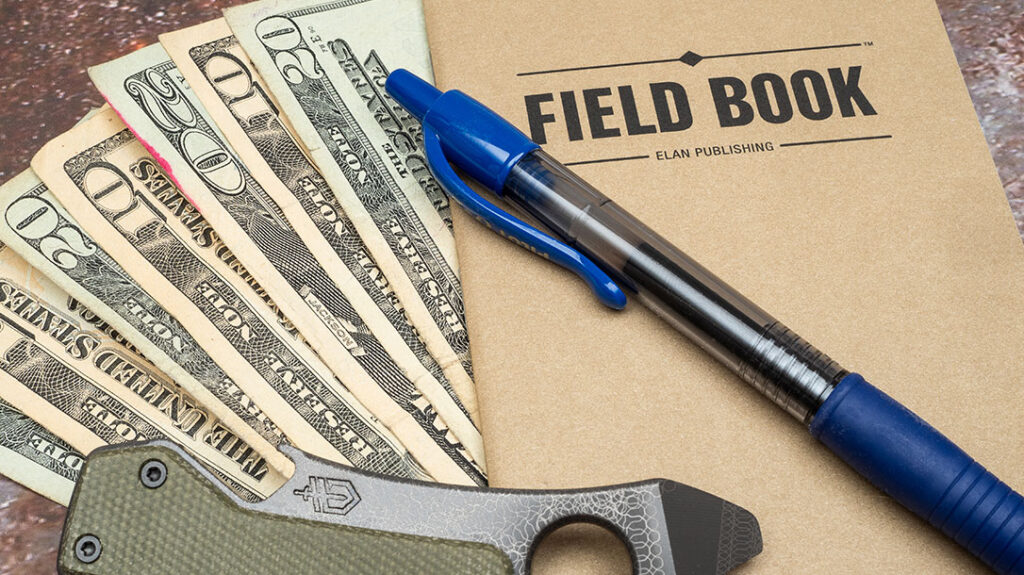
It’s not something that’s life-or-death, but having a quality pen and paper on hand is immensely useful. It can be used to jot down ideas, appointments, names, phone numbers, directions, or for writing notes to others.
There are some who like custom-made, high-end tactical pens. There’s a big culture of ultra-hip and bougie EDC gear, but it doesn’t have to be that complicated. I have a few of the unique styles of pens. However, I’m a fan of the Pilot G2 Gel Roller pens at $1.14 each and the small Field Notes memo books that are very slim and easy to pocket.
Additional EDC Considerations
The items we’ve discussed thus far are the ones I believe everyone should always have on their person. Everything mentioned can be carried on a belt or in a pocket. It can all also be integrated into casual attire or the outfit you wear to the office.
I no longer have to work in an office and can wear whatever I want. Not to mention, I might have different needs than some. So, there are a few additional items I carry with me each day.
- Encrypted USB drive—It is worn on my neck with a lanyard. It carries my critical records and passwords along with a suite of Portable Apps. If I need to access a computer other than my own, I’ve got the records I need along with the mobile versions of software I commonly use.
- Bic Lighter—Not a lot of folks still smoke these days. But a lighter is a cheap item to keep with you and has a multitude of uses. Especially if you are in the outdoors a lot. For its small size, low price, and number of uses, I think there’s no reason not to always carry one.
- Duct Tape—Yes, it fixes the world, so I always have some on me. You can wrap some duct tape around an old credit card or simply buy one of the small rolls online that are thin, flat, and easy to carry. Duct tape can be used for just about anything, including first aid. Like the old American Express commercial used to say, I don’t leave home without it.
Making EDC Second Nature
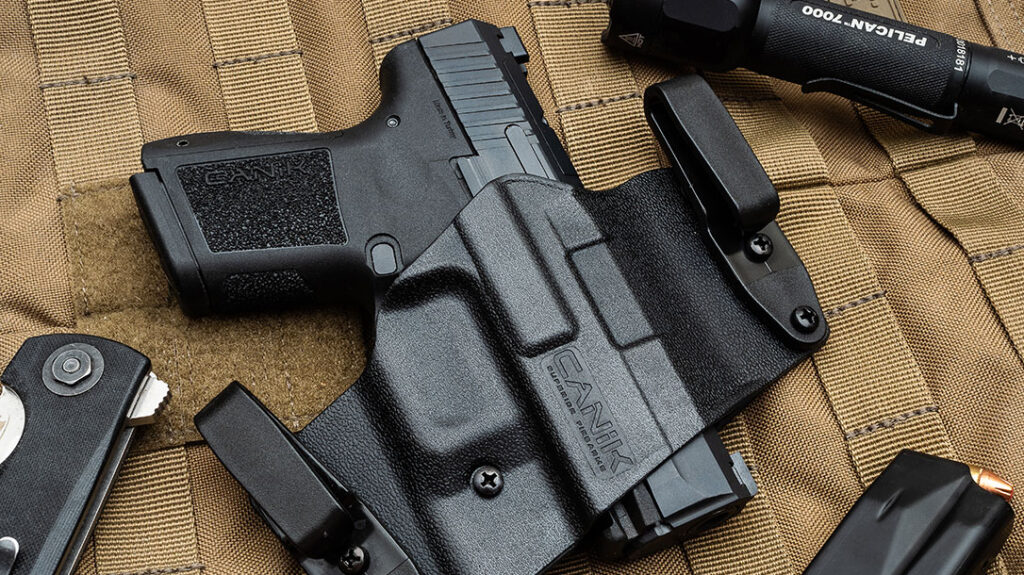
If you’re new to the EDC game, the above list of items might seem overwhelming. Yeah, to a degree, it requires a level of serious commitment in the beginning. But after a while, it becomes second nature.
Plus, after considering your needs, the list can be tailored to fit your lifestyle. After all, no one is going to force you to carry any specific item. You might even think of something that you believe is necessary to carry that hasn’t been mentioned.
The items listed in this primer aren’t to be considered the holy scripture. In fact, I could be way off on my list when it comes to other people’s needs and situations. But it works for me.
The point is to get you thinking about your routine and lifestyle and find a way to step up your readiness level without interfering with your normal daily life. The key is to actually do the analysis, be consistent with your approach, and practice with your tools.
From there, you can learn from your user experience. Then, you can adapt and continuously improve your level of preparedness for any situation that might arise.
Didn’t find what you were looking for?
Read the full article here

